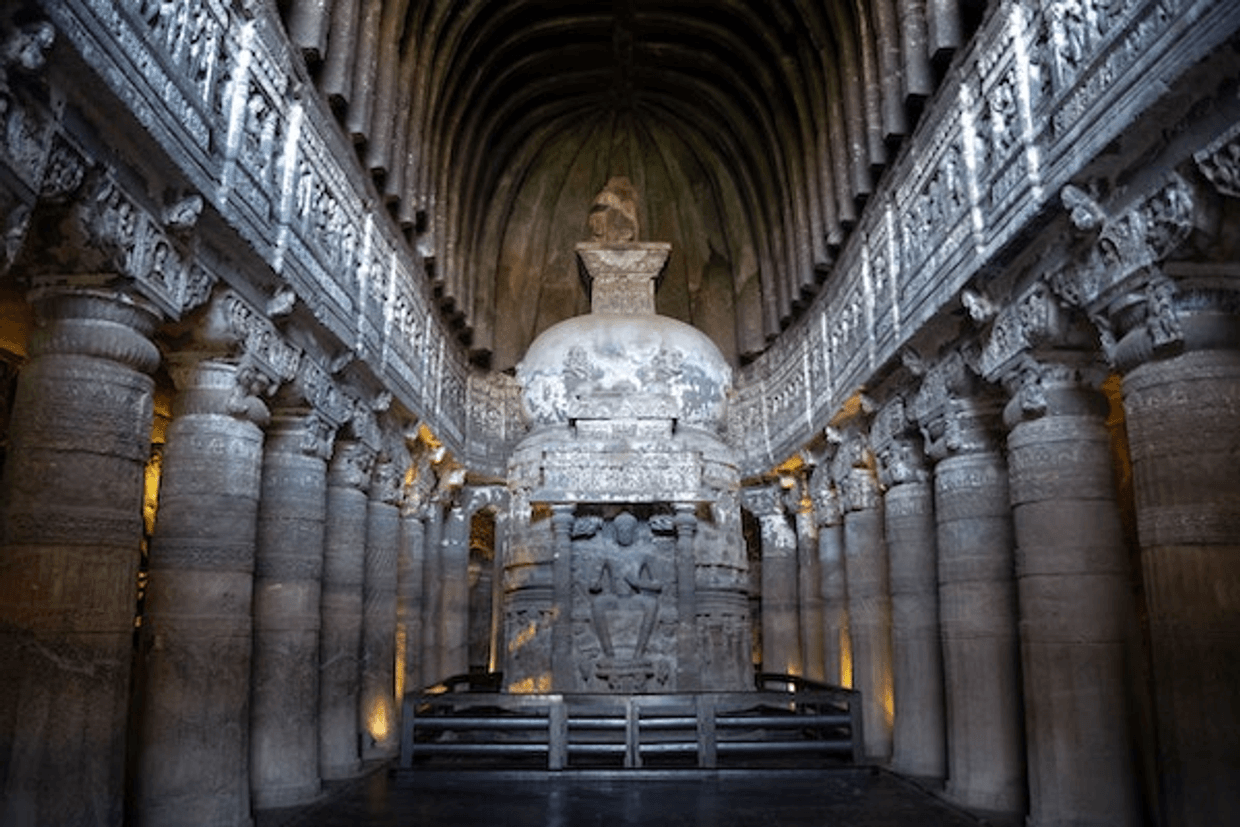AWA welcomes some of the earliest surviving Hindu paintings
After the initiation of preservation of paintings on the Ajanta Caves, more restored artworks from ancient India, signifying a new tradition of art that gave birth to modern beliefs, are being preserved.
The earliest surviving paintings of the Hindu faith, restored from Badami Caves in Karnataka (India), and ancient paintings from the mysterious and elegant Brihadeesvara temple, are being preserved in the Arctic World Archive (AWA).
Along with these treasures, artificial intelligence driven catalogues of ancient artworks and white papers signifying India’s cultural legacy in different parts of the world are also being preserved for eternity.
Curated by government advisory firm Sapio Analytics, that has breakthrough techniques in image restoration and feature extraction, with artworks photographed and digitally restored by art historian Benoy K Behl, these deposits are a valuable addition to the growing repository of world memory.
The artworks being deposited are considered some of the most significant works by humankind and are able to reveal mysteries and secrets of cultural growth of the world. Along with the paintings from UNESCO World Heritage site Ajanta Caves, they present a new perspective of art to the world, offering great value for future generations.
The artworks join existing treasures including Edvard Munch’s The Scream, records from the national archives of Brazil and Mexico, Github’s open-source code repository, famous films and other contemporary art, in a vault of world memory designed to last forever.
The Arctic World Archive is a growing digital repository of world memory located at the remote island of Svalbard in the Arctic Ocean. Founded by Piql AS, the archive uses innovative technology for archiving that has repurposed photosensitive film to be a digital medium. Data is stored using high density QR codes with all information needed to recover the information also stored on the film, making it self-contained and future-proof. This tried and tested technology can keep data alive for hundreds of years, without the need for migration.
To mark the importance of storing these items for future generations, Piql hosted a ceremony at the archive. Speaking at the event, Piql’s Managing Director, Rune Bjerkestrand, said that this second deposit cemented the ongoing collaboration for preservation of important cultural sites.
‘As a UNESCO world heritage site, holding the earliest paintings from the Hindu faith, this deposit is symbolic to the aims of AWA—ensuring important heritage is never lost or forgotten,’ he said Supported by the Government of India bodies, the capture of such large and significant sites is a major undertaking and will take years to complete, with artificial intelligence speeding up the process.
These paintings cannot be captured using lights and hence this preservation is special. The artist Benoy Behl has spent decades capturing these paintings using a breakthrough photography technique.
“The ancient caves are dark and strong lights were not allowed to be used inside, as these would damage the invaluable paintings. Some earlier photography of the paintings, which had been carried out with special permission, was not very accurate, as there was much surface reflection from the painted surfaces. I had fortunately developed a technique of photographing in extremely low light -where you could barely see your hand in front of you in the dark interiors of the caves,” Benoy explained.
In 2020, Sapio Analytics deposited high resolution images of the Ajanta Caves in India, which represented the first AWA deposit of a UNESCO world heritage site. This deposit caught the attention of the world and Prime Minister of India Shri Narendra Modi informed the nation of the initiative. In 2021, the deposit from Ajanta continues, with the addition of sites that signify the origins of the faith of 1.35 billion people around the world.




